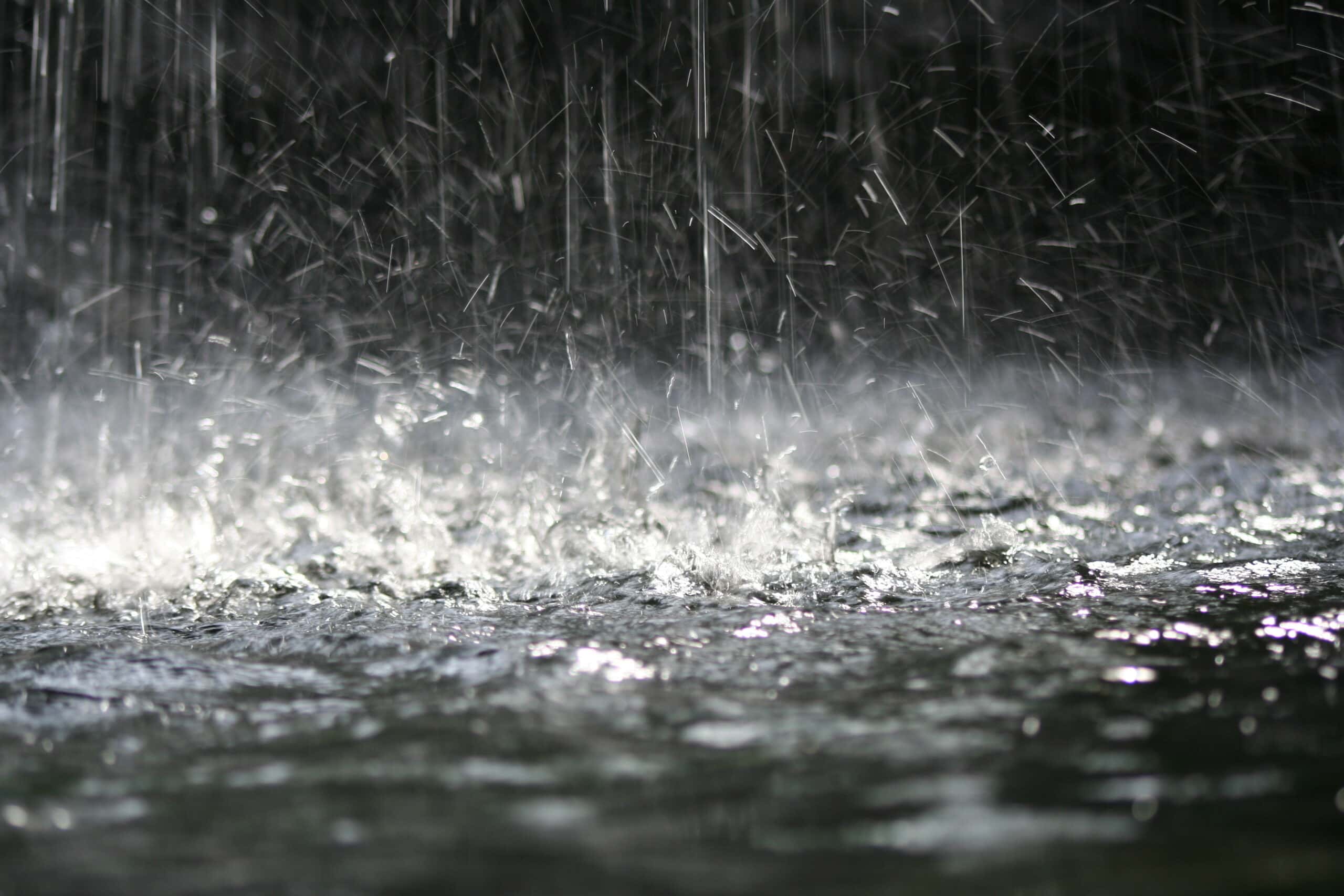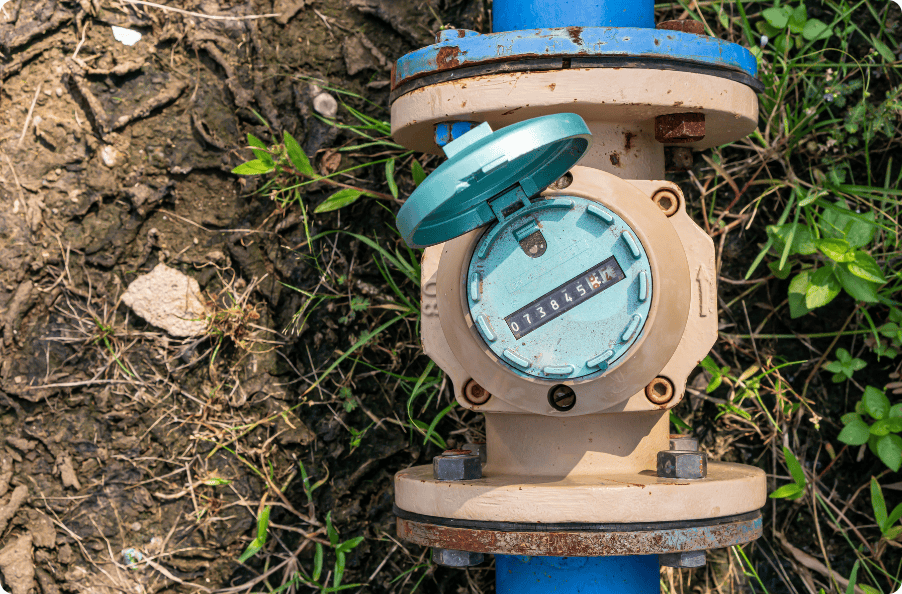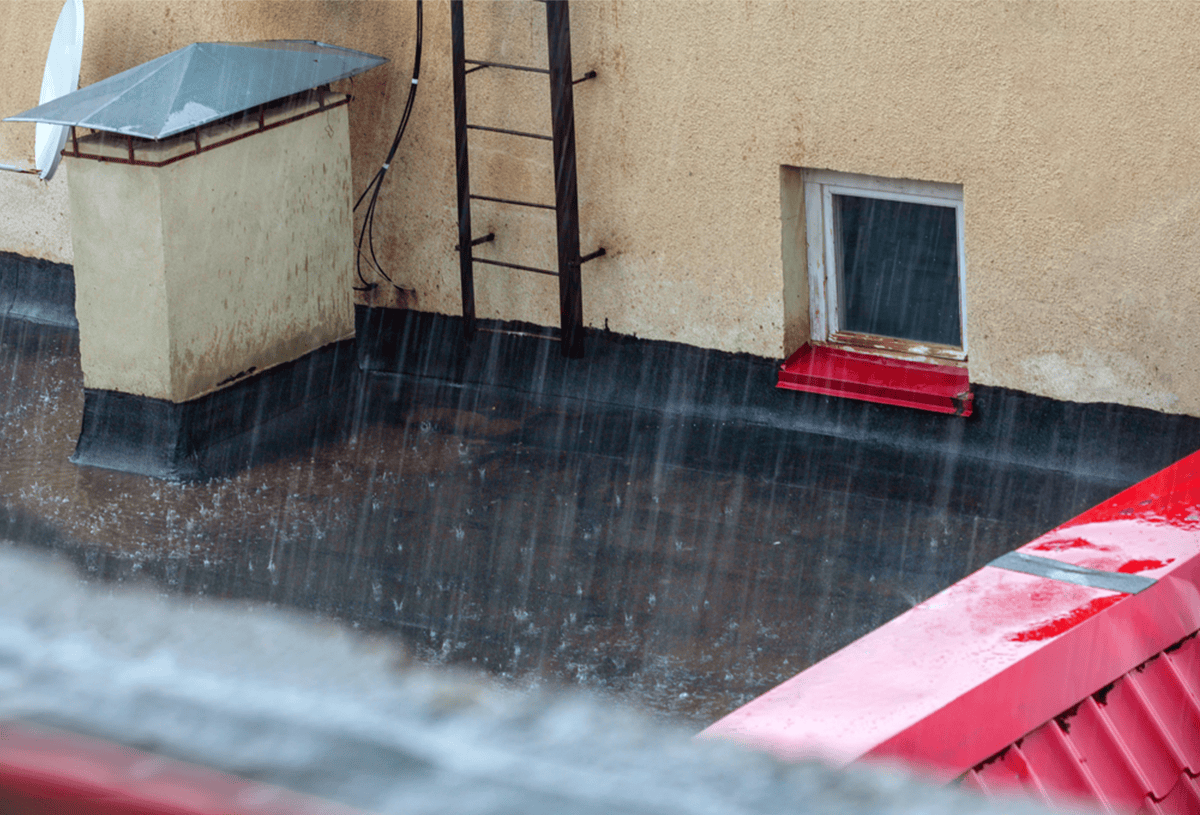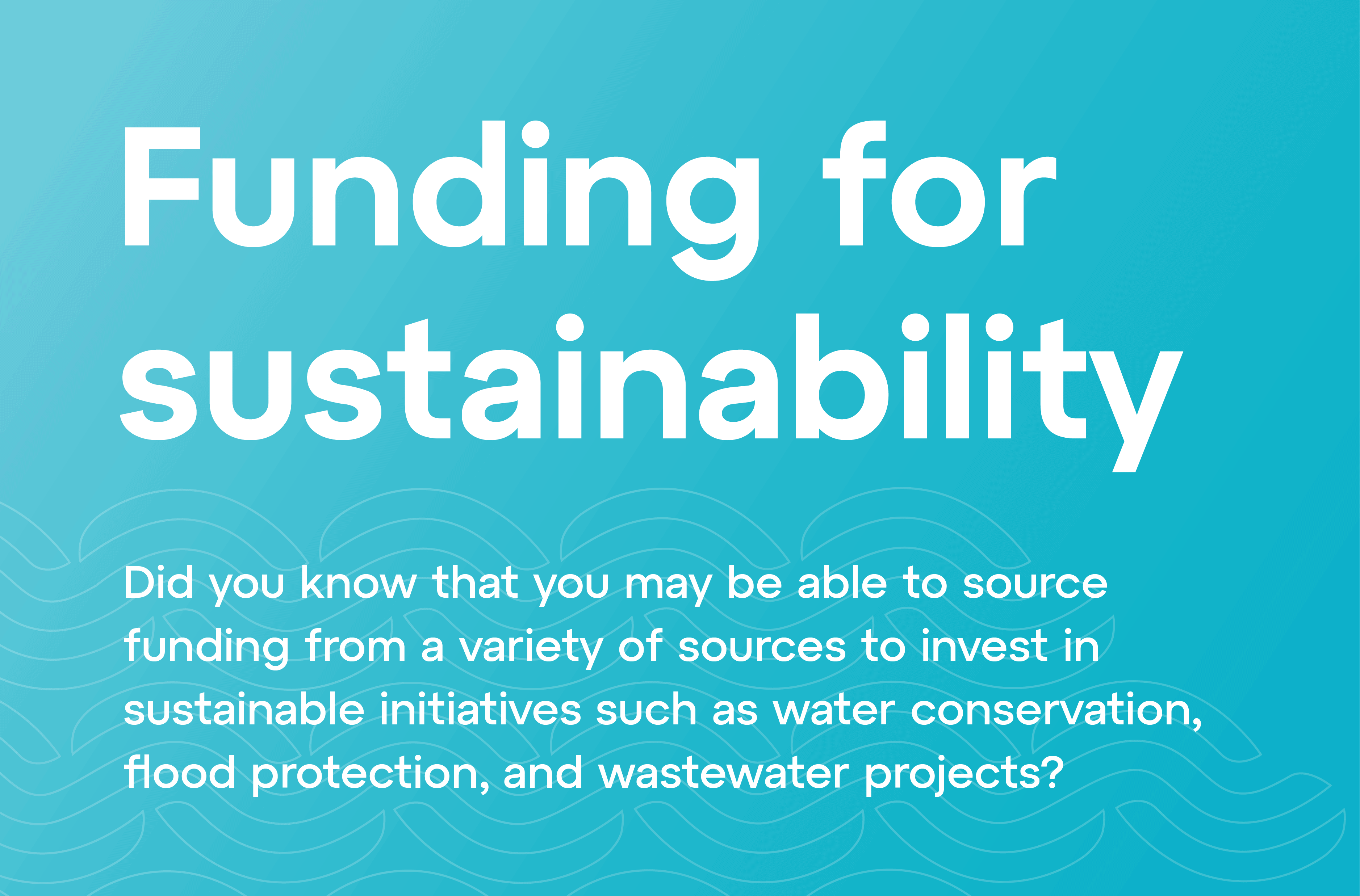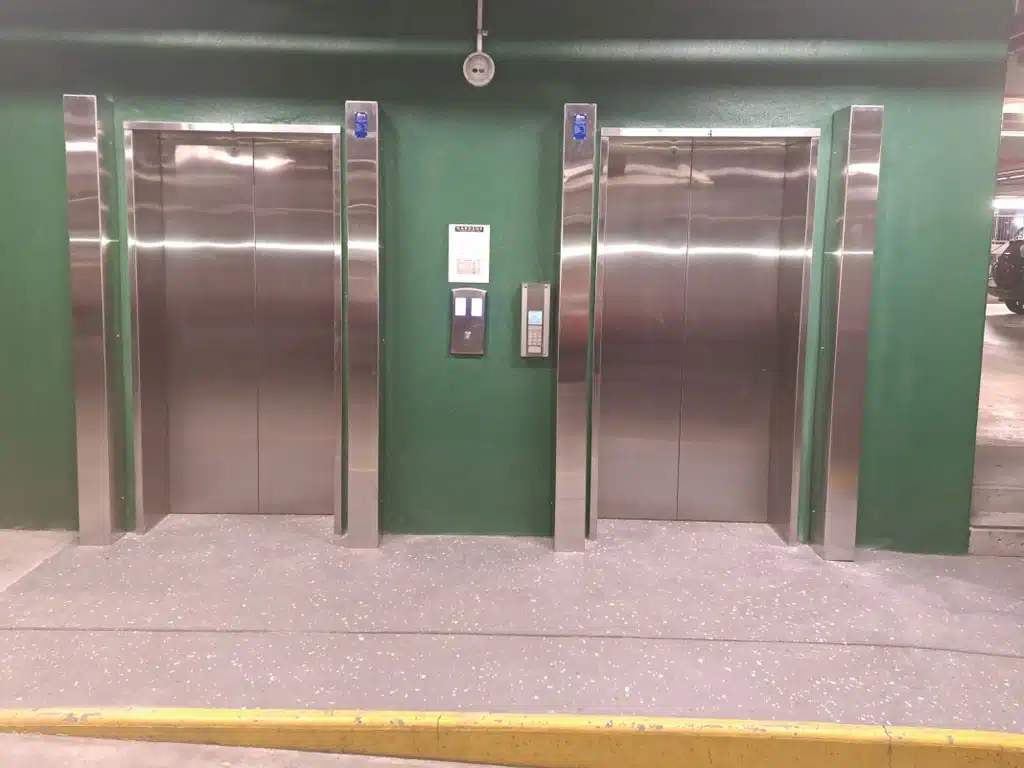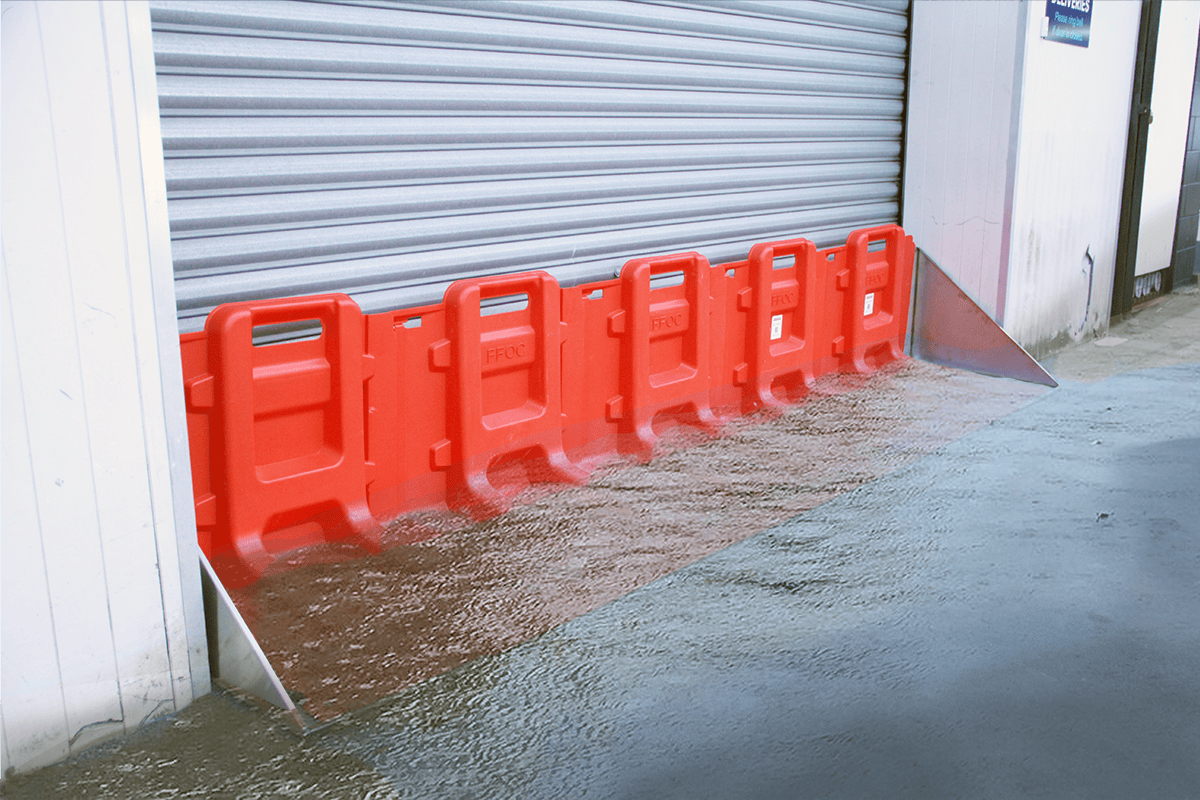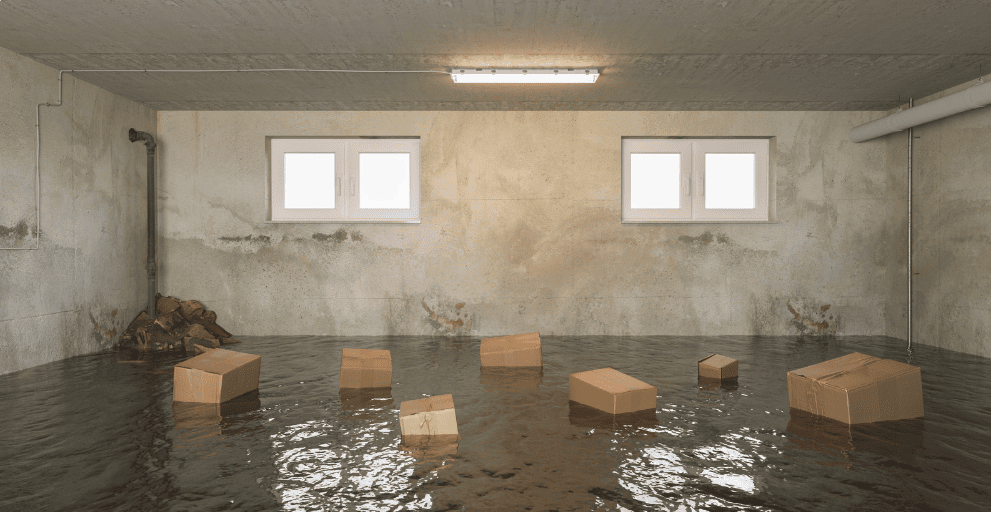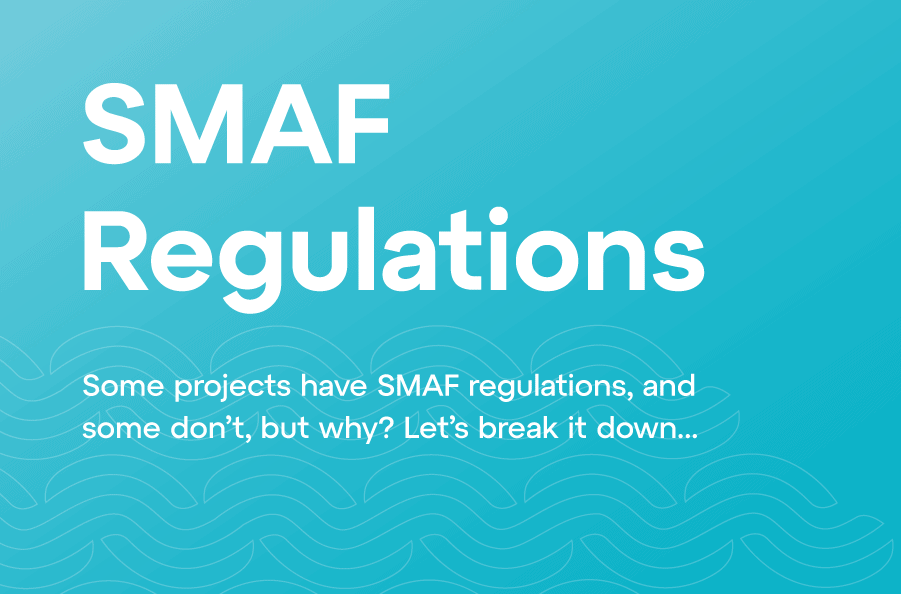Could a relatively unheralded piece of legislation mean that saving water is now the key to unlocking New Zealand’s housebuilding future?
The October 2021 Financial Sector (Climate-related Disclosures and Other Matters) Amendment Act made it a mandatory requirement for entities that include many banks and insurers to prepare climate statements under a framework provided by the Task Force on Climate-related Financial Disclosures.
What is becoming clear now though is that these changes are likely to have a profound effect on the housebuilding sector. Specifically, reductions in water use may now become a major tool – and requirement – for residential developers and builders looking to unlock finance and insurance for future projects. This is because banks and insurers are now, on their own initiative – to deliver on their own climate change commitments – beginning to require those they lend to or insure to demonstrate that they also have emissions reduction targets, strategies and action plans in place, with reporting on progress also a condition of the lending and/or insurance.
As leading New Zealand law firm MinterEllisonRuddWatts noted, ‘while the regime is positioned as a disclosure regime, the required analysis to make the disclosures is expected to lead to significant changes in how business is conducted’.
This is already finding its way not just into specific ‘sustainable’ lending requirements but into wider everyday bank lending requirements for companies across a range of sectors. It is also likely to increase in importance as New Zealand moves towards 2030 and its stated Carbon Zero 2050, says Philip Kingston, General Manager of Watersmart, an innovate Kiwi company helping property developers, builders and owners to detain, reuse, recycle and protect water on site.
“If you’re a developer or builder seeking bank lending or insurance over the coming months, you may well need to disclose and improve what you do to reduce emissions and waste, and create visible strategies and evidence to prove your progress. And if you’re not being asked to do this now, the chances are that you will be soon.
“In our view, on-site water recycling and storage is a powerful way to reduce impacts, as it reduces the strain on the wider wastewater system and potentially associated emissions. Improving how developments store, retain, and recycle water on site can reduce the demand placed on public water infrastructure, which helps to ensure a more sustainable allocation of resources. This is partly because treating and distributing water at a municipal level requires a significant amount of energy. By reducing impacts on centralised water treatment and distribution systems, developments can contribute to energy savings and reduce their overall end-to-end footprint.”
Kingston says that this will also help to drive progress in two other, but equally important ways. “Firstly, it will help local authorities to enable development that moves us forwards towards meeting New Zealand’s housing goals. We are seeing places where development is limited due to the water infrastructure being at, close to, or over capacity. As a result, there is big demand for products that can reduce the load on the network to allow for properties, such as grey water recycling and retention and/or detention systems.
“Secondly, it will help the development sector to move towards MBIE’s goal of reducing average per-person water use from 227 litres of water per day, as stated by LearnNZ, towards their 12-year goal of 75 litres per day, bringing New Zealand more into line with other OECD countries. As more than 70% of domestic water is used in the bathroom, we see significant opportunities for progress in this area. And, as MBIE’s goal of reducing water to 75 litres per person per day is only 12 years away, this means properties being built today should be created with water saving in mind.
“To us this means that as other lower-hanging fruit is grabbed by developers and builders looking to reduce emissions, water could become the new key to unlocking a more sustainable future.”
Jason Quinn, Director of Sustainable Engineering and an expert in carbon analysis and reduction who has worked on innovative projects such as Fletcher Building’s pioneering LowCO pilot home, says that emissions relating to water use are now an area of focus for builders and regulators. “MBIE are likely to give an overall carbon budget for a house, impacted by how much water you’re going to use. Targets will start kicking in in a few years, and it is likely that this will involve applying some sort of water calculation with standard values per unit at the time of consent. When considering how water comes to and through a house, and then on to the treatment plant, a third of the budget will likely focus on freshwater coming in, and two thirds to its disposal. Measuring and reducing disposal is therefore likely to be more important than the fresh water coming in.”
Auckland’s water and wastewater services company Watercare is also keen to see water efficiency built into homes and has partnered with Fletcher Living on its LowCo home pilot.
Watercare chief customer officer Amanda Singleton says that as part of the Auckland Water Strategy, Watercare has committed to progressively reduce Auckland’s residential water consumption.
“To achieve our target, we must remain open to collaborating and encouraging our commercial partners to incorporate water conservation and carbon reduction into their construction projects.
“This is particularly important for residential developments due to the fragmented nature of demanded once homes are built – as it can be difficult to influence water efficiency after a house has been built.”


